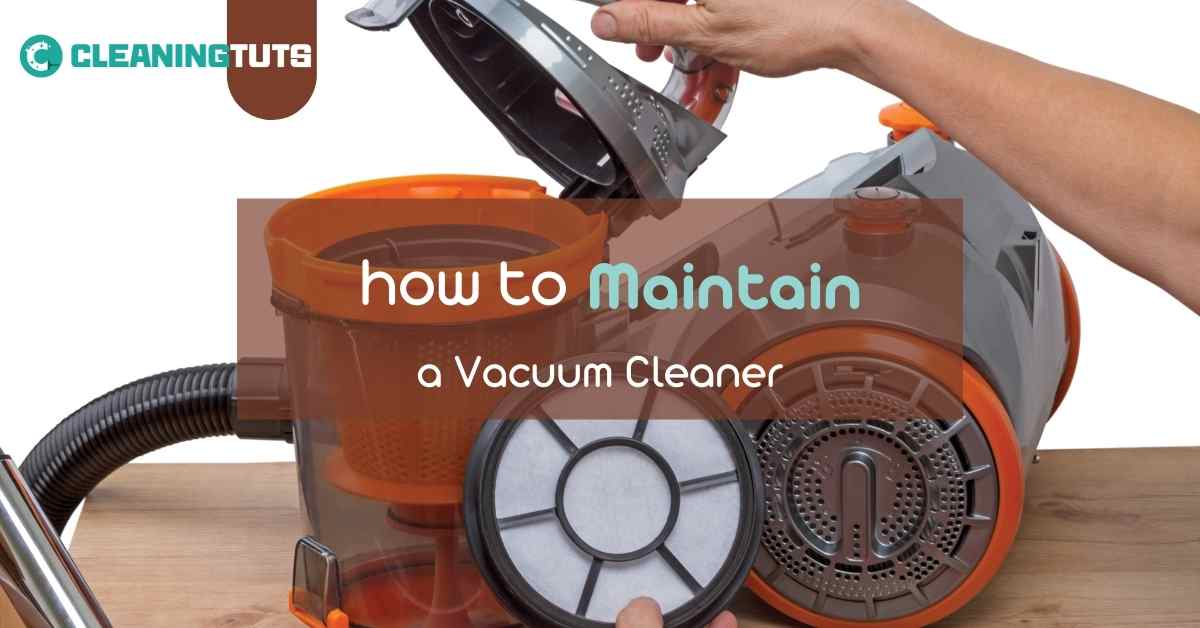How to Maintain Vacuum Cleaner
A quality vacuum cleaner is a significant investment, and the last thing you want is to replace it every once in a while. Knowing how to maintain vacuum cleaner helps improve its performance and increase its longevity.
If you’re tired of replacing your vacuum cleaner, these tips will be a great save for you.
Tips to Maintain a Vacuum Cleaner
Empty Your Vacuum Cleaner
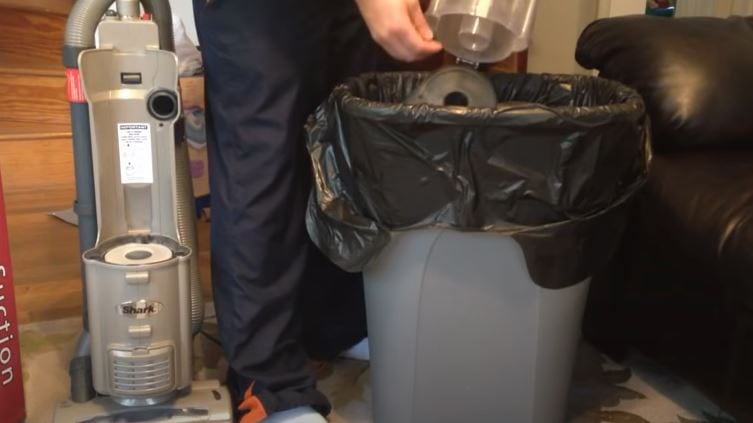
To ensure your vacuum performs well, always empty its canister before it overflows. This will make sure that your vacuum doesn’t build up to emit a foul smell.
Also, not emptying the dirt can block the airways, significantly affecting your vacuum’s performance. Emptying the canister helps maintain maximum suction power, which is critical for a vacuum.
Clean or Replace Your Filters
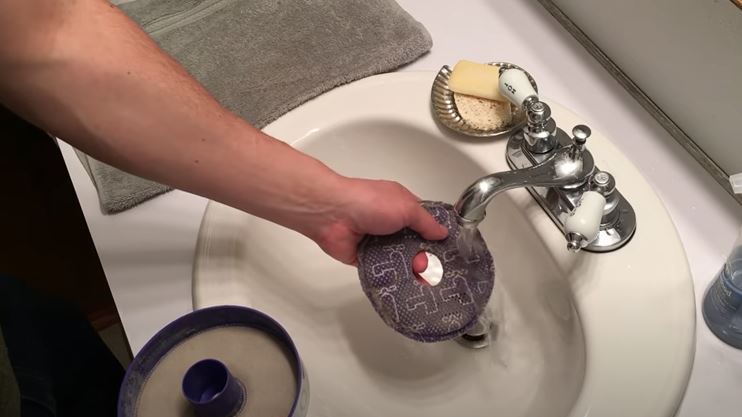
Vacuum filters help in ensuring that your house smells fresh after vacuuming. Make a habit of cleaning the filters as often as the manufacturer advises. Some vacuums come with non-washable filters, so you’ll have to buy replacements. Although the timing varies from one manufacturer to another – the average timeline is six months.
Lubricate the Moving Parts
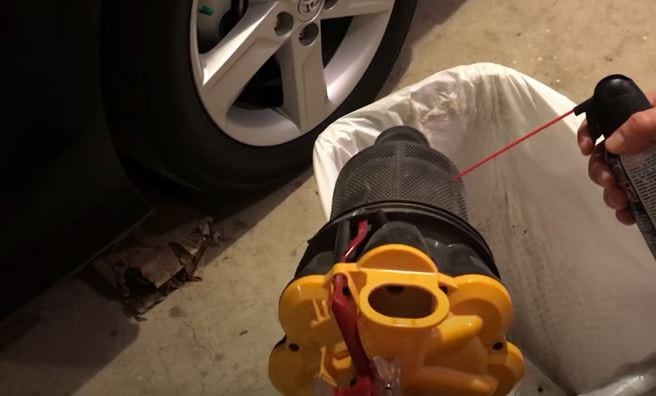
Modern vacuum cleaners have several features that can benefit from lubricating for easy movement and efficiency. This includes brushing rolls, vacuum wheels, and swiveling heads.
Lubrication is essential for cordless vacuums as it ensures they don’t get stuck in the middle of cleaning up.
Clean the Brush Roll
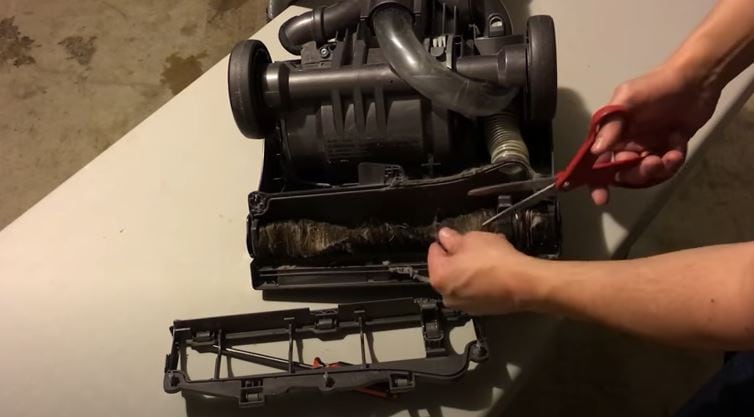
The brush roll gets the greatest hit of all the vacuum parts. It collects all the debris in your house, including hair and pet fur. When this debris accumulates on the brush, it affects the brush’s movement. In worst-case scenarios, your vacuum cleaner might be unable to suck dirt.
To improve your vacuum’s performance, make a habit of detangling the brush roll at least once in two weeks or more, depending on the amount of hair or fur that’s stuck.
Have a Routine Checkup
Whether your vacuum cleaner is used to clean the kitchen or garage floor, at some point, it will suffer some damage. This is why it’s essential to check your vacuum for any damages on a monthly basis.
The damage could be a crack after vacuuming marbles or a tear on the hose pipe. By catching the damage early on time, you’ll be able to fix it before it develops into a bigger problem.
Repair or Replace the Damaged Parts
It’s easy to ignore damaged parts if the vacuum cleaner is still working. However, even if the vacuum is functioning, it’s just a matter of time before it becomes ineffective. The cost of waiting can also be very expensive as the damage increases and affects the performance of other parts.
Luckily, you can fix most vacuum parts using simple DIY hacks, but if you find it challenging, hire a professional.
Remember the Vacuum Belt
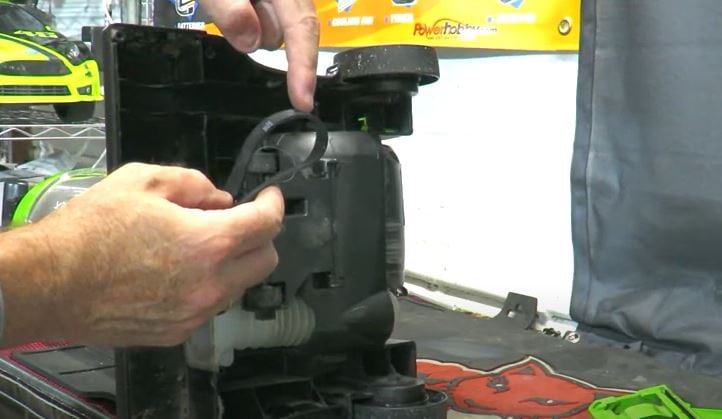
We always forget the vacuum belt, and it plays the crucial role of ensuring that the brush moves at the correct angles. Always ensure that the belt is well-fitted and doesn’t have any cracks. When your belt is loose, it can affect your vacuum’s suction power – if it has any damages, replace it immediately.
Check Air Passages for Clogs
It’s normal for air passages to get clogged by debris and dirt particles to accumulate in the interior and block the air passages. Areas that are likely to get clogged include nozzles, hoses, airflows, and filters.
Make a habit of checking for debris in these areas – and use a flashlight for a clearer outlook. Fixing these blockages and clogs will ensure the vacuum cleaner maintains its suction power and doesn’t have any smelly foul.
Wrapping Up
A vacuum is a significant investment, and without excellent maintenance, you may have to replace it every few months. Having a regular maintenance routine can help improve the performance of your vacuum and increase its longevity.
Maintaining a vacuum boils down to cleaning the vacuum parts regularly and repairing or replacing the damaged parts in good time. It also helps to service the vacuum cleaner in a professional’s center.
What’s the most challenging part of maintaining a vacuum cleaner? Let us know in the comment section.

